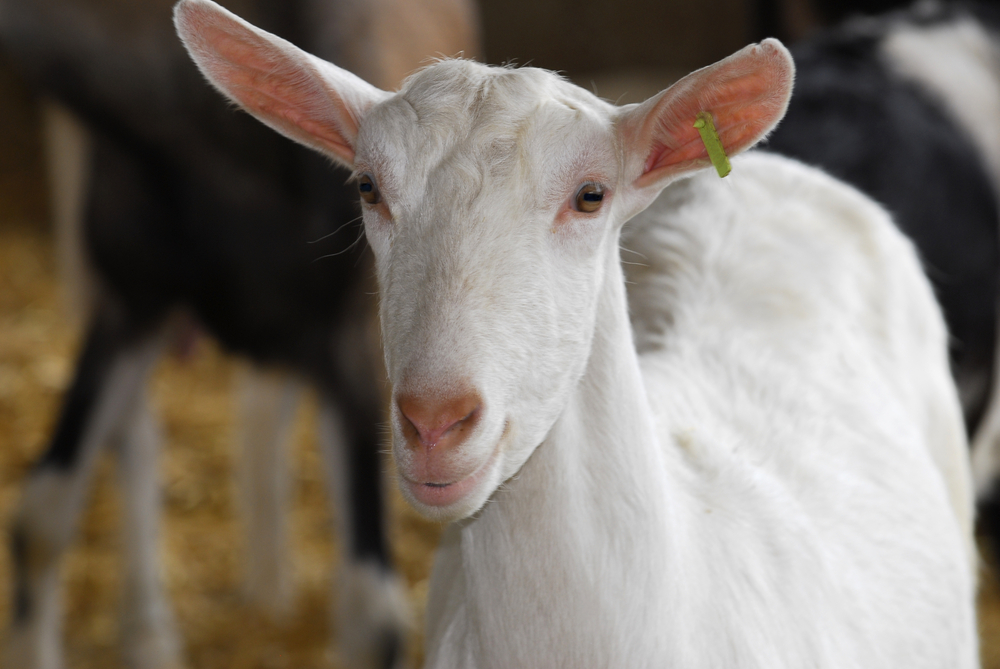
Goats are some of the most popular animals found on farms across the world. Many farmers rely on herd management techniques to ensure their goats remain healthy and productive.
One such technique is ear tagging, which involves attaching an identifying tag to each goat’s ear. In this article, we will explore the ins and outs of goat ear tagging techniques, from what they are to why they are used and how best to apply them for optimum results.
We’ll also discuss the pros and cons associated with using tags in a herd setting so that readers can make informed decisions about what works best for them.
Benefits of Ear Tagging Goats

Goat ear tagging is a beneficial practice for farmers and herders alike. Ear tagging provides an easy way to identify individual goats, allowing farmers to keep better track of their herds.
It can also be used as a form of branding, making it easier to spot livestock that are owned by one particular farm or herder.
Additionally, ear tags allow for quick medical identification in case of illness or injury, making treatment more efficient and effective.
Ear tags can provide useful information about the goat’s age, breed type, and sex which allows owners to make informed decisions when it comes time to sell or trade animals.
Moreover, proper tagging ensures that each goat within a herd has been vaccinated appropriately according to its age group; this helps reduce the spread of infectious diseases among livestock populations.
Types of Goat Ear Tags
When it comes to goat ear tags, many farmers opt for plastic or metal tags that are printed with a number code. These tags are relatively easy to apply and provide basic visual identification of individual animals.
Another popular option is electronic RFID ear tags which can store more data such as the goat’s breed, age, sex, and other information. RFID chips require additional hardware such as readers or antennas to capture data from the chip at different points throughout the day.
Some farms may choose to use tattooing techniques for their herd management needs as this provides a permanent form of identification without needing any extra hardware or software.
Ultimately it is up to you to decide which type of tag works best for your farm but understanding all available options is key when making this decision!

Tips for Implementing an Effective Ear-Tagging System
One of the most important tips for implementing an effective ear tagging system is to ensure that all goats are correctly identified.
To do this, it is essential to use a reliable and accurate identification method such as RFID tags or ink stamps. Its also important to have a well-defined procedure in place for assigning tags and registering them with a central database.
Additionally, when tagging goats, be sure to take into consideration their age, sex, breed, and other qualities that make each goat unique. Furthermore, keep track of changes over time by regularly updating records so you can identify any discrepancies in the future.
Finally, always use durable materials designed specifically for animal labeling to ensure the long-term accuracy and effectiveness of your ear tagging system.
Conclusion

Goat ear tagging is an important tool for herd management and animal welfare. It helps to easily identify individual goats, track their movements, and monitor their health.
By using different techniques such as tattooing or using electronic tags, goat owners can be sure that their goats will remain safe and healthy throughout the year.
Additionally, having a visible tag on a goat’s ear makes it easier for farmers to keep records of each animal to better manage the herd.
Ear tagging is a simple yet effective technique that provides long-term benefits to both farmers and the animals they care for.





